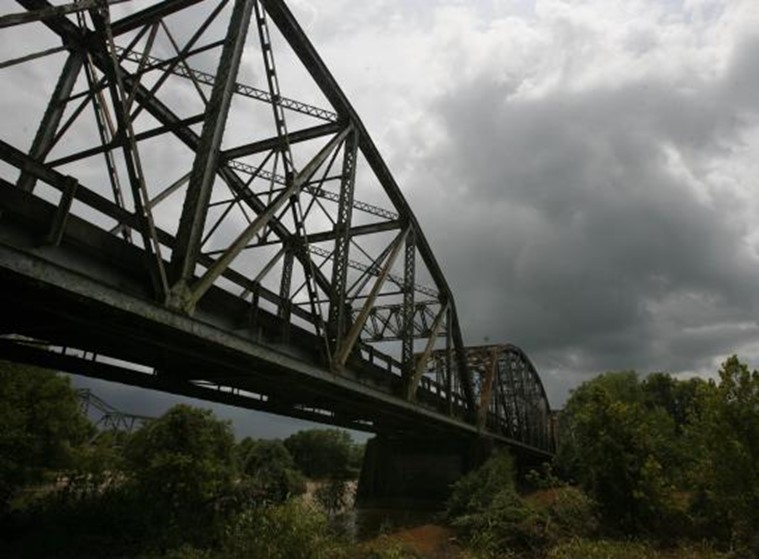According to FHWA’s 2020 National Bridge Inventory Data, 1.5% of bridges in Texas are Structurally Deficient (SD). In addition, 2,841 bridges in Texas are posted with load limits, which restrict the size and weight of vehicles and in turn the flow of goods and services in the state. The state of Texas has identified 11,704 bridges in need of retrofit or repair, at an estimated cost of $6.3 billion.
To address this great need for bridge monitoring and upgrade, the Texas Department of Transportation (TxDOT) is looking towards new technologies to accelerate the process, reduce monitoring and assessment costs, while also delivering more accurate and less conservative load ratings for bridges. A recently funded TxDOT research project allowed a team at the University of Texas at San Antonio (UTSA) to deliver a Digital Image Correlation (DIC) system that goes a long way towards alleviating the burden of maintaining an aging bridge infrastructure.
The UTSA team leveraged emerging Digital Image Correlation (DIC) technology to deliver a uniquely capably DIC system, dubbed the Civil Infrastructure Vision (CIV) system for monitoring surface deformations on structures ranging from small-scale material coupons to large-scale field structures such as bridges. The system can track deformations on virtually any point on a bridge surface as small at 1/1,000 th of an inch, even when cameras used to make the measurements are over 100ft away.


